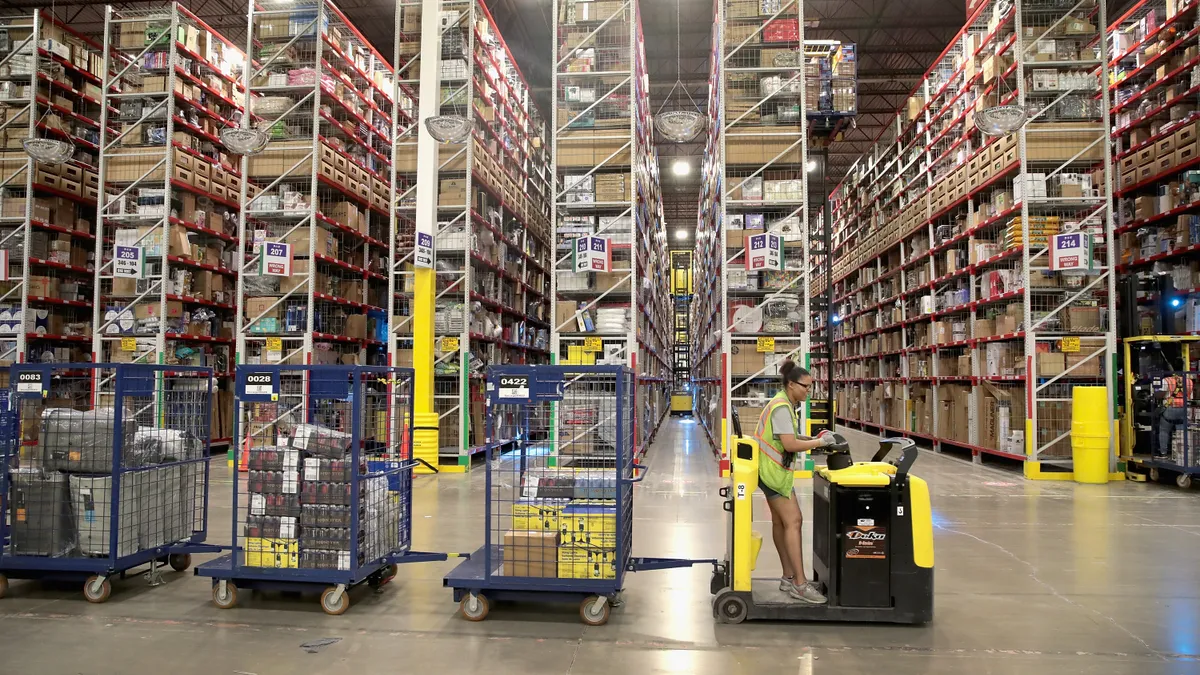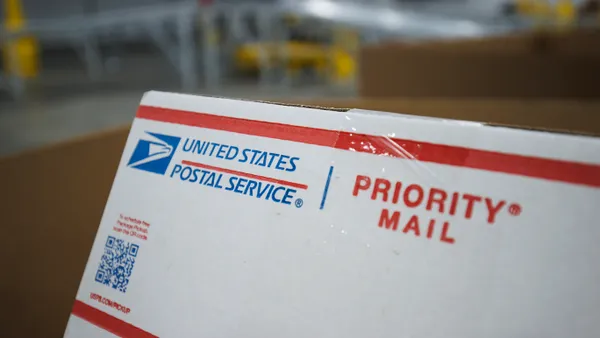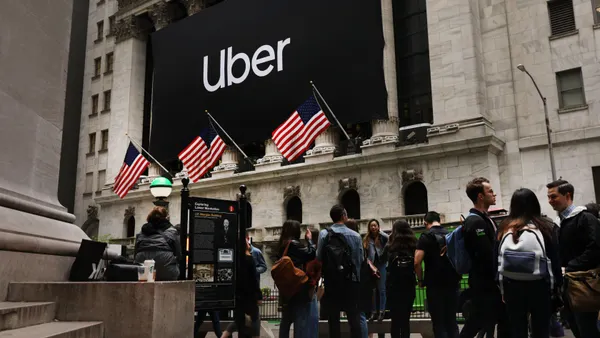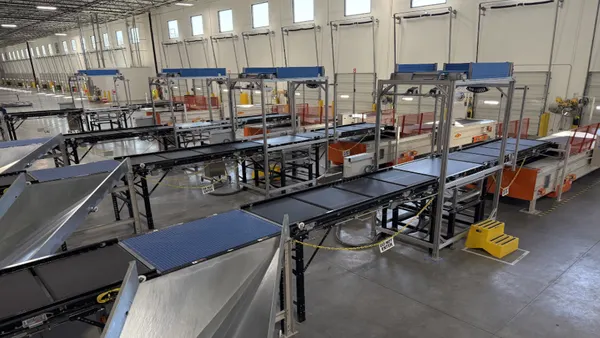SEATTLE — Peak season is fast approaching and planning ahead is critical for on-time deliveries and avoiding stockouts, especially as shippers battle challenges like foreclosures, customs delays, carrier supply issues and network constraints, Khyati Vaidya, senior manager, product management-technical at Fulfillment by Amazon, said at Amazon Accelerate 2025 in September.
There are several golden rules for shippers aiming to meet holiday demand, Vaidya said during a presentation. This includes planning for capacity, scheduling shipments early and providing accurate delivery windows to reduce the chance of delays. Maintaining minimum inventory health across all products is also key.
“Think of this as a guide for navigating the holiday season with fewer surprises and more sales,” Vaidya said.
Read on for more guardrails around peak season readiness.
FBA key deadlines
There are several upcoming critical inventory deadlines to consider for Fulfillment by Amazon (FBA) shipments, Vaidya said. Although the cutoff window for Prime Big Deal Days has passed, deal submissions for Black Friday and Cyber Monday close on Oct. 7.
There are also a series of inbound cutoff dates based on shipment type, Vaidya added.
| Shipment type | Deadline |
|---|---|
| Amazon Warehousing and Distribution (AWD) | Oct. 9 |
| FBA “minimal shipment splits” | Oct. 20 |
| FBA “Amazon-optimized shipment splits” | Oct. 30 |
“The sooner your shipments arise through Amazon's network, the better chance they have of being received and available when customers begin to search for them,” Vaidya said. “In prior peaks, we have also seen several incidents of port congestion and other supply chain disruptions. Hence, we encourage you to build a buffer in your planning to manage these uncertainties.”
Inventory management
Shippers can start peak season planning by preparing new inventory, Karen Shen, principal product manager-technical at FBA, said during the same session. Sending inventory early is key to ensure that goods are received and ready to sell before start dates.
Monitoring and maintaining inventory health is also critical, she said. Shippers should set stock targets by maintaining minimum inventory across all products, for instance.
“This enables us to spread your inventory to be close to as many customers as possible and maintain optimal placements of your products across our entire network,” Shen said.
Leveraging demand forecast tools can also help with proactive insights to avoid stockouts or demand shifts, she added.
“This allows you to adjust your inventory strategy more proactively, rather than reactively,” Shen said.
Inbound operations
Shipments received during the scheduled delivery window receive priority processing and appointments, Vaidya said. In turn, it’s critical for shippers using Amazon to work with their carriers to provide accurate timelines, including updates when shipments are in transit, to avoid appointment delays.
Providing accurate delivery windows and tracking IDs can help reduce wait times and drive smoother inventory processing, Vaidya said.
For shippers using a self-managed carrier, Vaidya said to provide an accurate seven-day delivery window for international and domestic shipments. For those using an Amazon-managed carrier, such as Amazon Global Logistics or the Partner Carrier Program, shippers need to provide a ship date or freight ready date. Amazon will then take care of managing the delivery window. Finally, shippers using ShipTrack are responsible for overall delivery window compliance.
Recognizing which regions are experiencing delays can help drive more effective planning, she said.
“One key pattern we have observed is that the West Coast tends to experience much higher congestion during the holiday season,” Vaidya said. “In order to get around this, we suggest that you consider routing your shipments to east and central regions — it can significantly reduce the risk of delays.”
Vaidya also advised that delivery appointments be scheduled at least seven days in advance to avoid bottlenecks. Scheduling appointments during off-peak hours, such as nights and weekends, can help secure appointments earlier.














